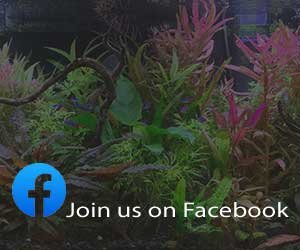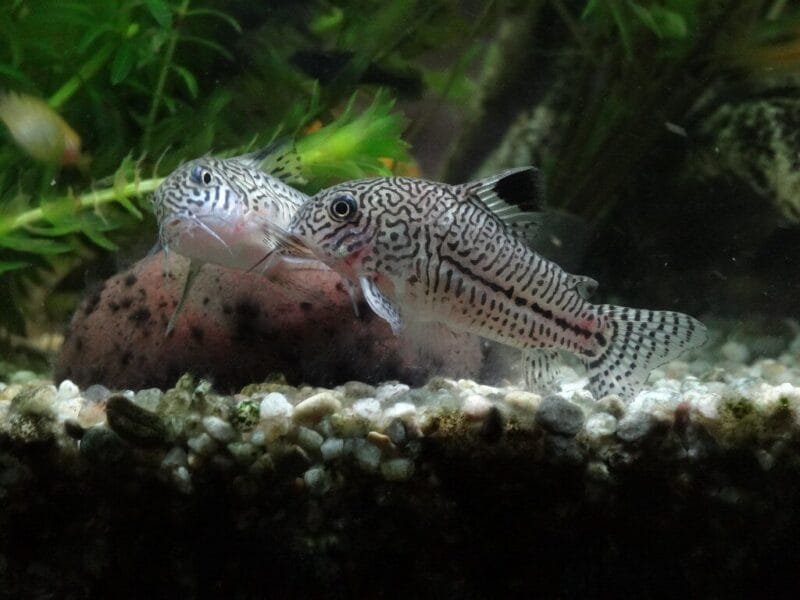The Blackspotted Puffer, scientifically known as Arothron nigropunctatus, is a fascinating and charismatic marine species loved by aquarists around the world. Known for its curious personality, striking appearance, and comical swimming style, this species brings charm and intrigue to any saltwater aquarium. Sometimes called the Dog-faced Puffer, its unique facial features resemble that of a puppy—adding to its appeal for hobbyists seeking a personable, intelligent fish.
Native Range and Habitat
The Blackspotted Puffer is native to the Indo-Pacific region, found in tropical waters from East Africa to Micronesia, including the Red Sea, the Maldives, Indonesia, Fiji, and northern Australia. It typically inhabits lagoon reefs and coastal coral environments, often dwelling near coral heads or rocky outcroppings where it can forage for food and retreat for safety. Preferring shallow reef flats and seagrass beds, it is commonly seen at depths ranging from 3 to 25 meters.
These habitats provide an abundance of invertebrates, sponges, and algae—essential components of the puffer’s diet. The calm reef environment also offers protection from larger predators.
Size and Appearance
Adult Arothron nigropunctatus can reach up to 33 centimeters (13 inches) in length, though most aquarium specimens stay closer to 20–25 cm. This fish’s body is oval-shaped, lacking scales and covered in a leathery skin. Its base color varies widely—from gray and yellow to blue or even white—accentuated by distinct black spots scattered across its body. These spots may vary in size and density, making each individual’s pattern unique.
Unlike many fish, the Blackspotted Puffer does not possess pelvic fins. Instead, it uses its dorsal, anal, and pectoral fins for propulsion and maneuvering, resulting in a distinctive hovering or gliding motion through the water. Its beak-like mouth, formed from fused teeth plates, is perfect for crushing hard-shelled prey.
Diet and Feeding
The Blackspotted Puffer is an omnivore, but it has a strong preference for meaty foods. In the wild, its diet includes crustaceans, mollusks, sponges, tunicates, and coral polyps, which it crushes with its powerful beak. In captivity, it should be offered a varied diet to prevent nutritional deficiencies and keep its teeth worn down—a critical part of its care.
Ideal Foods Include:
-
Chopped clams, mussels, and shrimp
-
Crab legs and small snails
-
Squid and scallops
-
Marine algae or spirulina-based foods (as occasional supplements)
-
Hard-shelled foods (to prevent overgrown teeth)
Feed juveniles daily and adults every other day, removing uneaten food to maintain water quality. Overfeeding should be avoided, as these puffers can be gluttonous.
Sexing
Distinguishing between male and female Blackspotted Puffers is extremely difficult, as they exhibit no obvious sexual dimorphism. Both sexes have similar coloration and body shape. Breeding success in captivity is rare, partly due to this difficulty and the large territories they require.
Breeding Behavior
Breeding Arothron nigropunctatus in captivity is extremely uncommon. In their natural environment, puffers are believed to form monogamous pairs during spawning. The female lays eggs in sandy areas, which are then fertilized externally. Parental care is limited, and larvae are planktonic for several weeks before settling into juvenile habitats.
Because of their size, territorial behavior, and the challenge of replicating natural reef conditions, successful captive breeding has been recorded only in specialized research settings.
Temperament and Compatibility
The Blackspotted Puffer is intelligent and curious, often interacting with its keeper and exploring the aquarium. However, it can also be territorial and semi-aggressive, particularly toward invertebrates and smaller tank mates. While generally peaceful toward larger, non-aggressive fish, it’s not suitable for community tanks filled with delicate species.
Best Tank Mates:
-
Larger angelfish
-
Wrasses (larger varieties)
-
Triggerfish (with caution)
-
Other large, robust marine fish
Avoid housing them with:
-
Small ornamental shrimp, crabs, or snails (they’ll be eaten)
-
Tiny reef fish or gobies
-
Aggressive predators like large groupers or moray eels
Is the Blackspotted Puffer Reef Safe?
Unfortunately, no—the Blackspotted Puffer is not reef safe. While it does not consume coral for nutrition, it often nibbles or bites coral polyps and decorative rock while searching for food. It will also devour most invertebrates, including shrimp, hermit crabs, starfish, and snails. Therefore, it’s best kept in a fish-only-with-live-rock (FOWLR) setup rather than a reef aquarium.
Water Conditions and Tank Requirements
This species requires a large, stable, and well-maintained saltwater environment. Due to its size and high activity, a minimum tank size of 125 gallons (475 liters) is recommended for a single adult.
Ideal Water Parameters:
-
Temperature: 24–27°C (75–81°F)
-
pH: 8.1–8.4
-
Specific Gravity: 1.020–1.025
-
Ammonia/Nitrite: 0 ppm
-
Nitrate: <20 ppm
Strong biological filtration, regular water changes, and good water movement are crucial. Puffers are messy eaters, so a protein skimmer is highly recommended to manage waste and maintain water clarity.
Additionally, ensure plenty of open swimming space alongside hiding spots like caves and rock overhangs. These provide enrichment and help reduce stress.
Ease of Care
The Blackspotted Puffer is moderately difficult to care for, recommended for intermediate to advanced aquarists. Its needs for stable water conditions, large tank size, and specialized diet make it less suitable for beginners. However, its intelligence and unique behaviors make it incredibly rewarding for dedicated hobbyists.
Key Care Tips:
-
Provide a large, well-cycled tank
-
Avoid copper-based medications (toxic to puffers)
-
Offer hard-shelled foods regularly to wear down teeth
-
Do not expose to air during handling (can harm internal organs if it inflates)
Intelligence and Personality
Few fish are as personable as the Blackspotted Puffer. Owners often report that their puffers recognize them, follow their movements, and even beg for food. These behaviors are genuine signs of curiosity and intelligence. Some aquarists describe them as “the dogs of the sea,” thanks to their interactive nature and expressive eyes.
However, this intelligence means they can become bored in barren tanks. Rearranging rockwork, offering enrichment (like shells or feeding puzzles), and varied feeding schedules help maintain mental stimulation.
Species Variations and Color Morphs
There are several recognized color morphs of the Blackspotted Puffer, ranging from gray, yellow, blue, and white base tones, each with varying spot densities. Environmental factors and diet can also influence color vibrancy.
Albino Version:
An Albino Blackspotted Puffer is a rare and captivating variant featuring pale white to pinkish skin with reduced spotting and reddish eyes. Though extremely uncommon in the wild, occasional albino or leucistic individuals appear in captivity. These variants require extra care, as they can be more sensitive to bright lighting and stress.
Related Species
The genus Arothron includes several other popular pufferfish species, such as:
-
Arothron hispidus – White-spotted Puffer
-
Arothron meleagris – Guinea Fowl Puffer
-
Arothron stellatus – Starry Puffer
-
Arothron manilensis – Narrow-lined Puffer
All share similar care requirements and feeding habits, but vary in coloration, size, and temperament.
FAQs About the Blackspotted Puffer
1. Can I keep more than one Blackspotted Puffer in the same tank?
Generally, no. They are territorial and may fight with other puffers or similar-shaped species. If attempted, it requires a very large tank (300+ gallons) and careful monitoring.
2. How long do Blackspotted Puffers live?
With proper care, they can live 10–15 years or longer in captivity, making them a long-term commitment for aquarists.
3. Can I train my Blackspotted Puffer?
Yes! These fish can recognize their owners, learn feeding routines, and even take food from your hand. They are among the most interactive marine species in the hobby.





